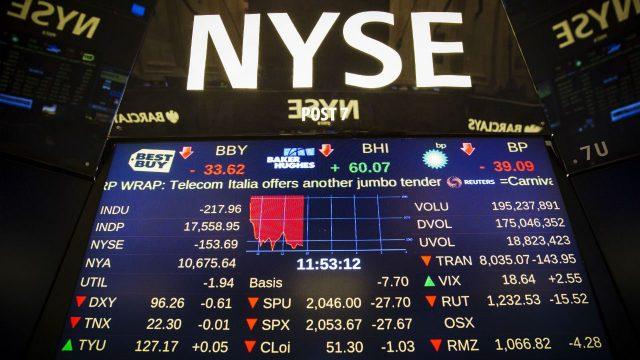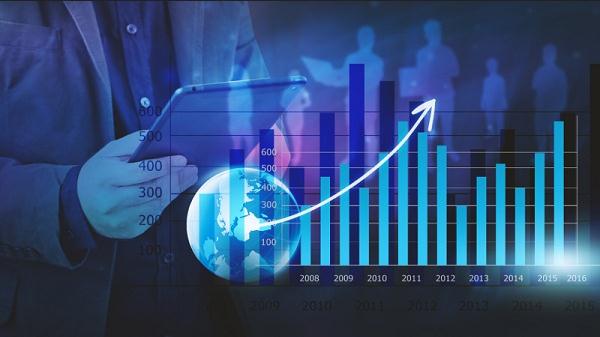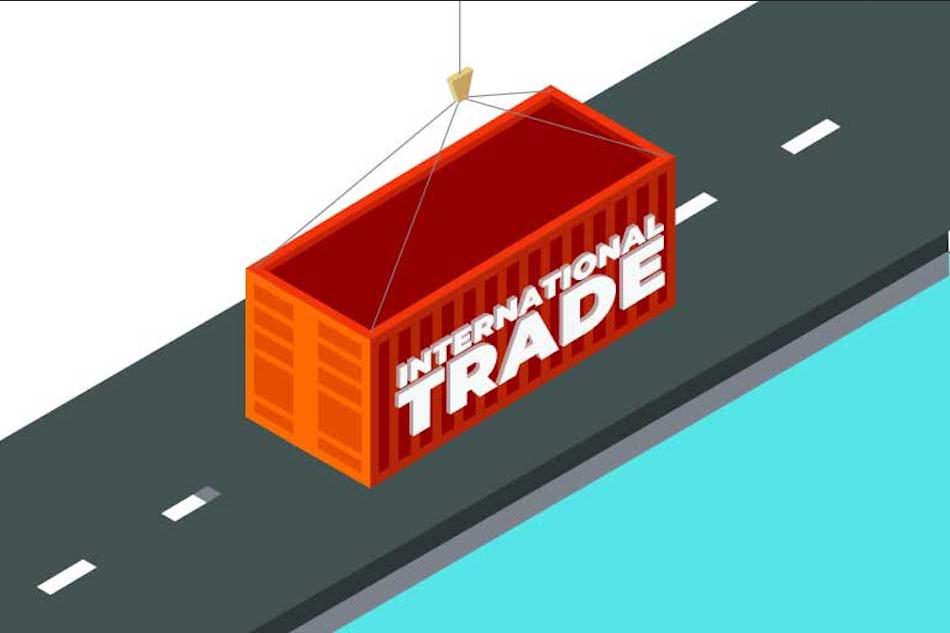As the demand of the first customers is satisfied and competition enters the market, the company lowers the price to attract another, more price-sensitive segment of the population. The skimming strategy gets its name from “skimming” successive layers of cream or customer segments, as prices are reduced over time.
Ideas Clave
Price skimming or price doping is a product pricing strategy whereby a company charges the highest initial price that customers will pay and then lowers it over time.
As the demand of the first customers is satisfied and competition enters the market, the company lowers the price to attract another, more price-sensitive segment of the population.
This approach contrasts with the penetration pricing model , which focuses on launching a product at the lowest price to gain the largest market share possible.
How Price Skimming or Price Doping Works
Doped pricing is often used when a new type of product enters the market. The goal is to raise as much revenue as possible while consumer demand is high and competition has not entered the market.
Once those goals are met, the creator of the original product can lower prices to attract more cost-conscious buyers while still remaining competitive against any lower-cost imitation items that enter the market.
Doped or skimmed pricing may encourage the entry of competitors, as other companies will notice the artificially high margins available on the product and enter quickly seeing the potential for profits.
This approach contrasts with the penetration pricing model, which focuses on launching a lower-priced product to gain the largest market share possible. Generally, this technique is best suited for lower-cost items, such as basic household supplies, where price may be a determining factor in most customers’ consumption selections.
Important note: Doped pricing is often used by companies to recover the cost of product development.
Skimming pricing is a useful strategy in the following contexts:
- There are enough potential customers willing to buy the product at a high price.
- The high price does not attract competitors.
- Lowering the price would only have a minor effect on increasing sales volume and reducing unit costs.
- The high price is interpreted as a sign of high quality.
When a new product enters the market, such as a new form of home technology, the price can affect buyer perception. Often, items with higher prices suggest quality and exclusivity. This can help attract early adopters who are willing to spend more for a product and can also provide word-of-mouth testimonials that serve as useful marketing campaigns.
Advantages of price skimming
Higher return on investment
Charging more during the launch of an innovative product, particularly in high-tech industries, can help your company recover research and development costs as well as promotional expenses. Companies like Apple benefit from high short-term profits during a product introduction, and higher initial prices are justified by the technological advances they make.
The bottom line is that if you invested all your cash flow and resources into developing a device or service that no competitor can match, then you should be able to charge higher prices during launch to recoup most of your investment and, hopefully, finance new developments.
Help create and maintain your brand image
This is an idea that is closely related to the concept of perceived value. To the extent that a company dominates the market with a product and sets a high price for its products, it will create the feeling that what it is selling is highly valuable.
Price skimming or price doping can also create the perception that a product is a high-quality “must have” for those early adopters who cannot live without the latest technological products. Higher prices early in a product’s life cycle allow you to create a prestigious brand image that truly appeals to status-conscious consumers, plus you’ll have the breathing room you need to lower prices as competitors they enter the market. In some cases, a lower initial price at the beginning can also increase the customer’s price sensitivity, making it impossible to increase win rates in the future without losing sales.
Segment the market
As discussed above, price skimming is an effective way to segment your customer base, potentially allowing you to make the biggest profits possible from different types of customers as you reduce price. Starting with a higher price won’t deter your early adopters, and as you lower the price over time, you’ll attract more price-sensitive consumers. By changing prices based on the product’s demand curve and the maximum price customers are willing to pay, you can capture some of that consumer surplus and earn more revenue.
Early adopters help test new products
One of the benefits of early adopters is that they act as guinea pigs for new products. Those status-conscious consumers who buy your innovative product first can provide valuable feedback and help you resolve issues before the next update predictably to a broader user base. In addition to being valuable testers, early adopters who love your product can act as brand evangelists who create a perception of quality through word of mouth. This free promotion will persuade new customers to buy the product when the price drops.
Limits on price skimming or price doping
Generally, the price reduction model is best used for a short period of time, allowing the early adopter market to become saturated, but not alienating price-conscious buyers in the long term. Additionally, buyers may turn to cheaper competitors if a price reduction comes too late, leading to lost sales and likely lost revenue.
Price skimming or price doping may also not be as effective for any competing tracking product. Since the initial market of early adopters has been tapped, other buyers cannot purchase a competing product at a higher price without significant product improvements over the original.










